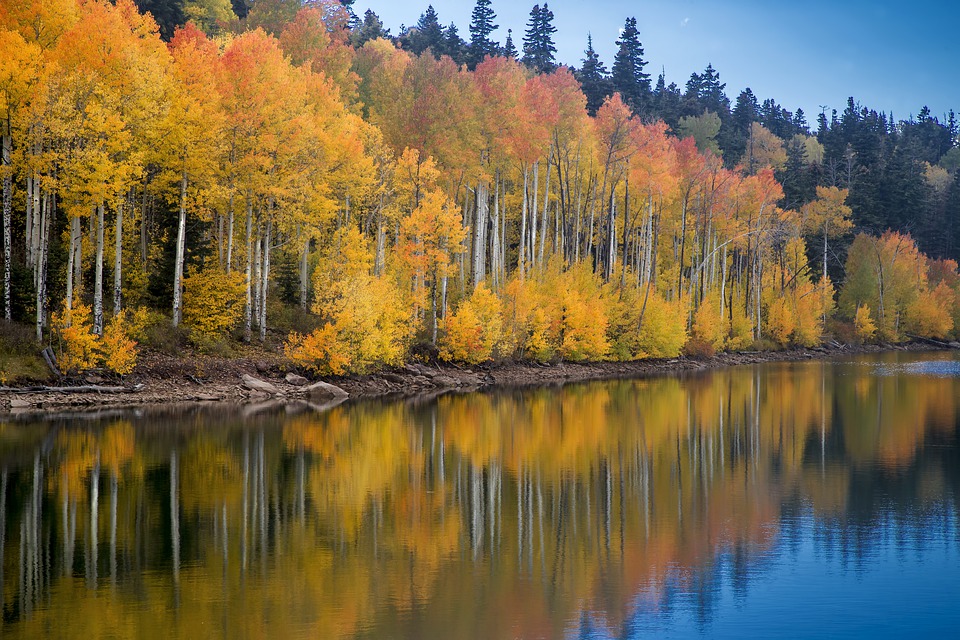Redge Johnson: Let Utah manage public lands the right way
Heavy-handed federal regulation of Utah’s public lands just make things worse.
Editorial by Redge Johnson for the Salt Lake Tribune
Although native aspen forests are declining throughout the western United States, you wouldn’t know it if you visited Utah’s Monroe Mountain, south of Richfield.
Through the combination of prescribed fires, reseeding and mechanical removal of coniferous trees, lush aspen stands are returning across the landscape. These healthy young aspen groves provide ideal habitat to native wildlife, improve water quality in local streams and offer a beautiful destination for camping, hunting, hiking and other forms of recreation.
Monroe Mountain is but one example of sites across Utah where hands-on, mechanical improvements to the landscape are successfully being used to better conserve and protect our public lands. Whether it be the mechanized restoration of sagebrush habitat essential to the greater sage grouse, thinning of dense conifer forests to reduce the threat of bark beetle infestations, construction of fire breaks to protect communities at-risk from catastrophic wildfires or removal of invasive tamarisk from the banks of the Colorado River, Utah’s public lands benefit when land managers use hands-on methods to confront growing ecological challenges.
Incongruent as it may seem, heavy mechanical equipment and access roads are often necessary tools to meet these challenges and ensure healthy, productive landscapes for future generations.
Unfortunately, mechanical means of landscape improvement, and the access roads they require, are typically prohibited in national monuments, wilderness areas and other types of heavily regulated federal designations that, in the name of “protecting” Utah’s landscapes, often do more harm than good.
Such heavily regulated public lands are often the most prone to insect infestation, catastrophic wildfires, sagebrush decline and other maladies afflicting Utah’s public lands precisely because federal designations prevent the kinds of active landscape management that these lands need.
Even on Monroe Mountain, home to such a successful aspen regeneration project, the work is proceeding more slowly and with more regulatory burdens on the areas of the mountain designated as federal “roadless areas.”
As Utah continues to grapple with drought, climate change and other problems, the disparity between healthy, well-managed public lands and the “hands-off” lands under strict federal regulations continue to grow more noticeable.
Overly burdensome federal designations on public lands also impede Utah’s contributions to the global fight against climate change. Many of Utah’s public lands contain critical minerals essential to building batteries and supporting the electrification of America’s infrastructure. Many of Utah’s public lands have traditionally been open to responsible and sustainable mineral extraction, but federal regulations on national monuments, wilderness areas, “areas of critical environmental concern,” and other restricted lands prohibit the mining of the materials needed to reduce humanity’s carbon footprint.
You may also like
-
Fed plan would kill 500,000 barred owls to “recover” spotted owls
-
BLM resource management plans stymie Western states’ energy development
-
Arizona rancher sues to stop million-acre national monument
-
VDH: How to Destroy the American Legal System
-
Protect The Harvest: The whole truth about Western ranching



Most the Fed lands are simply a saved to death Wildfire Hazard.
The govt creates these wrecks to help their employment numbers when things Burn.
Burning actually fixes the old growth land wrecks.
So let em burn.